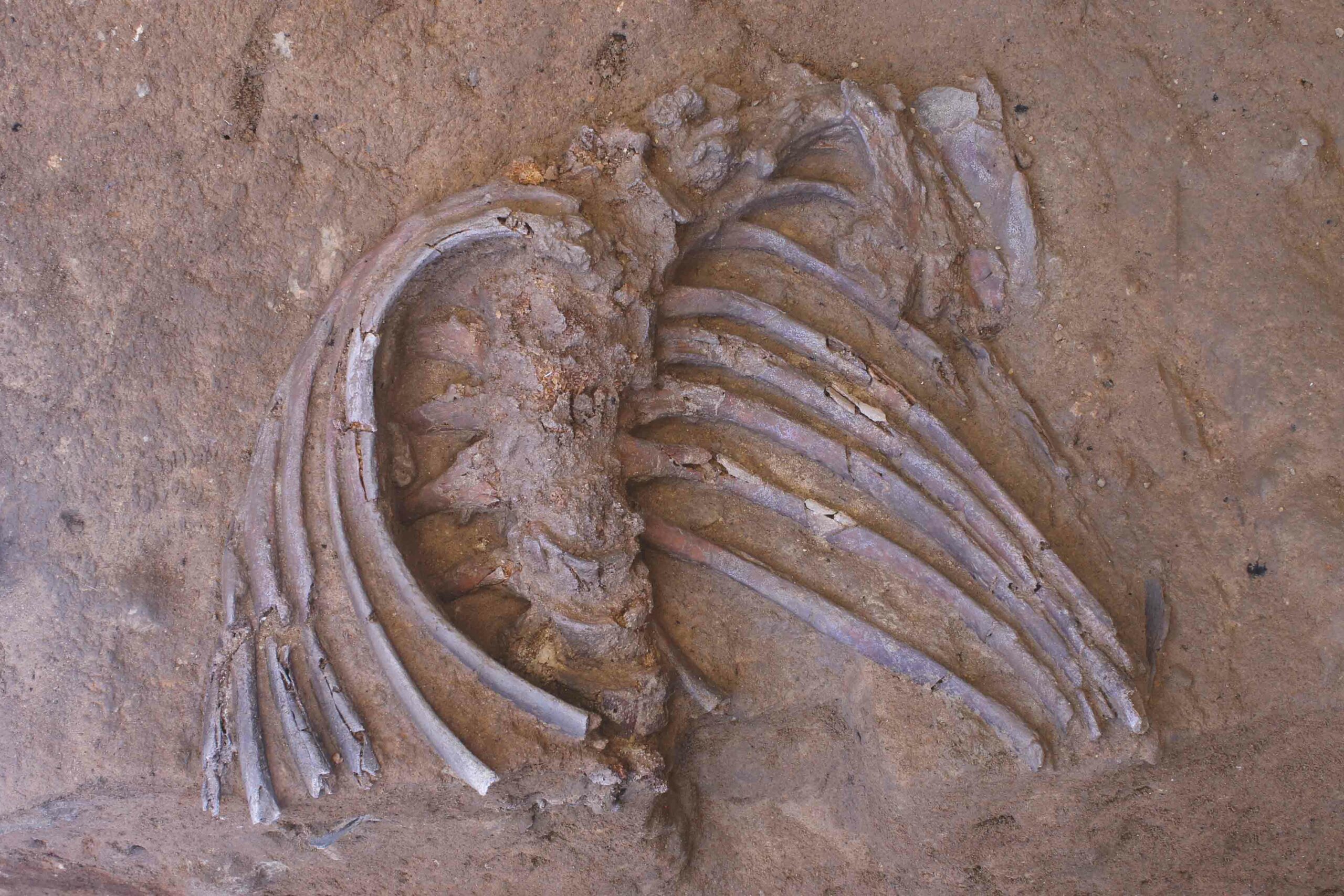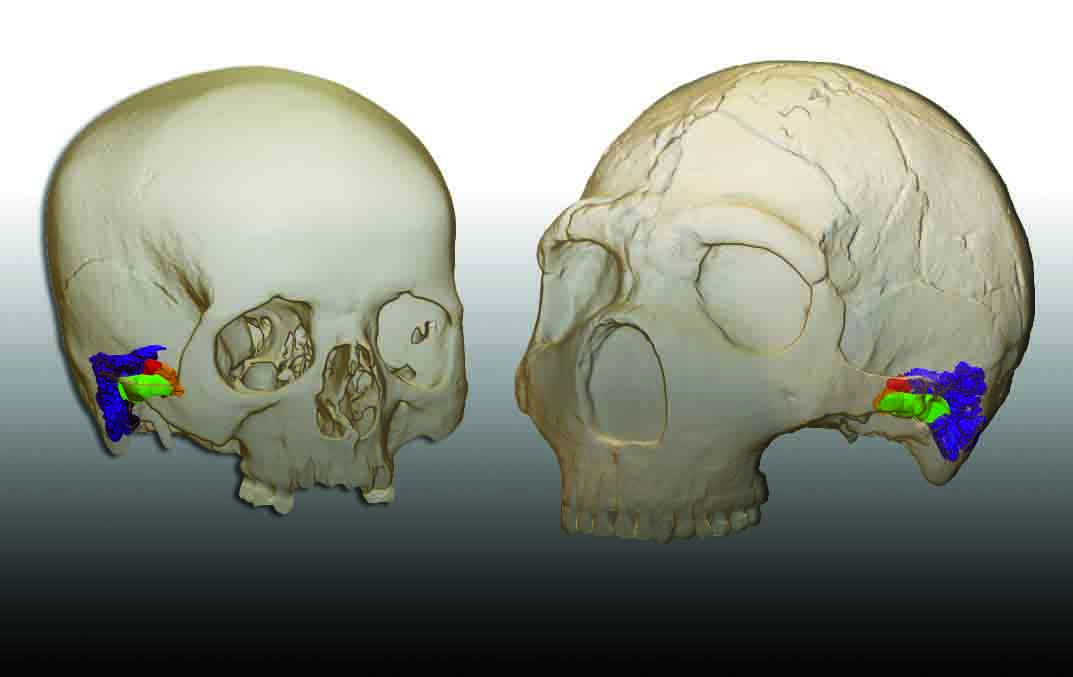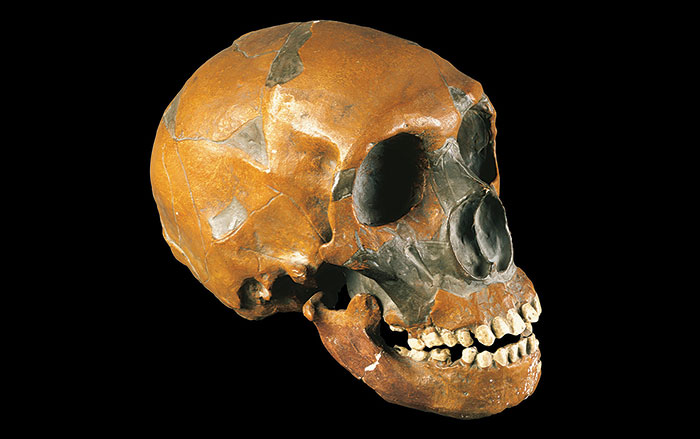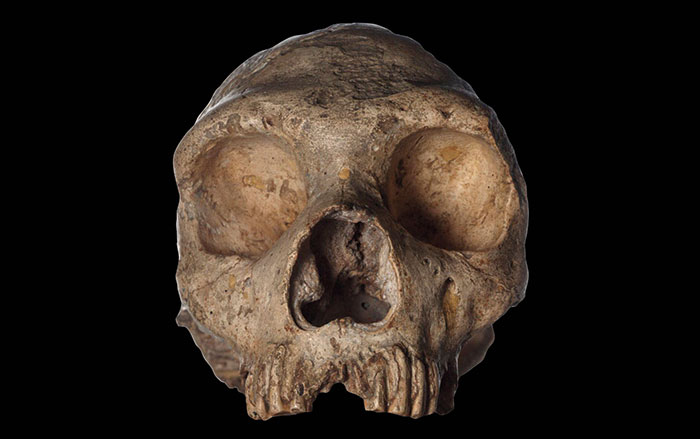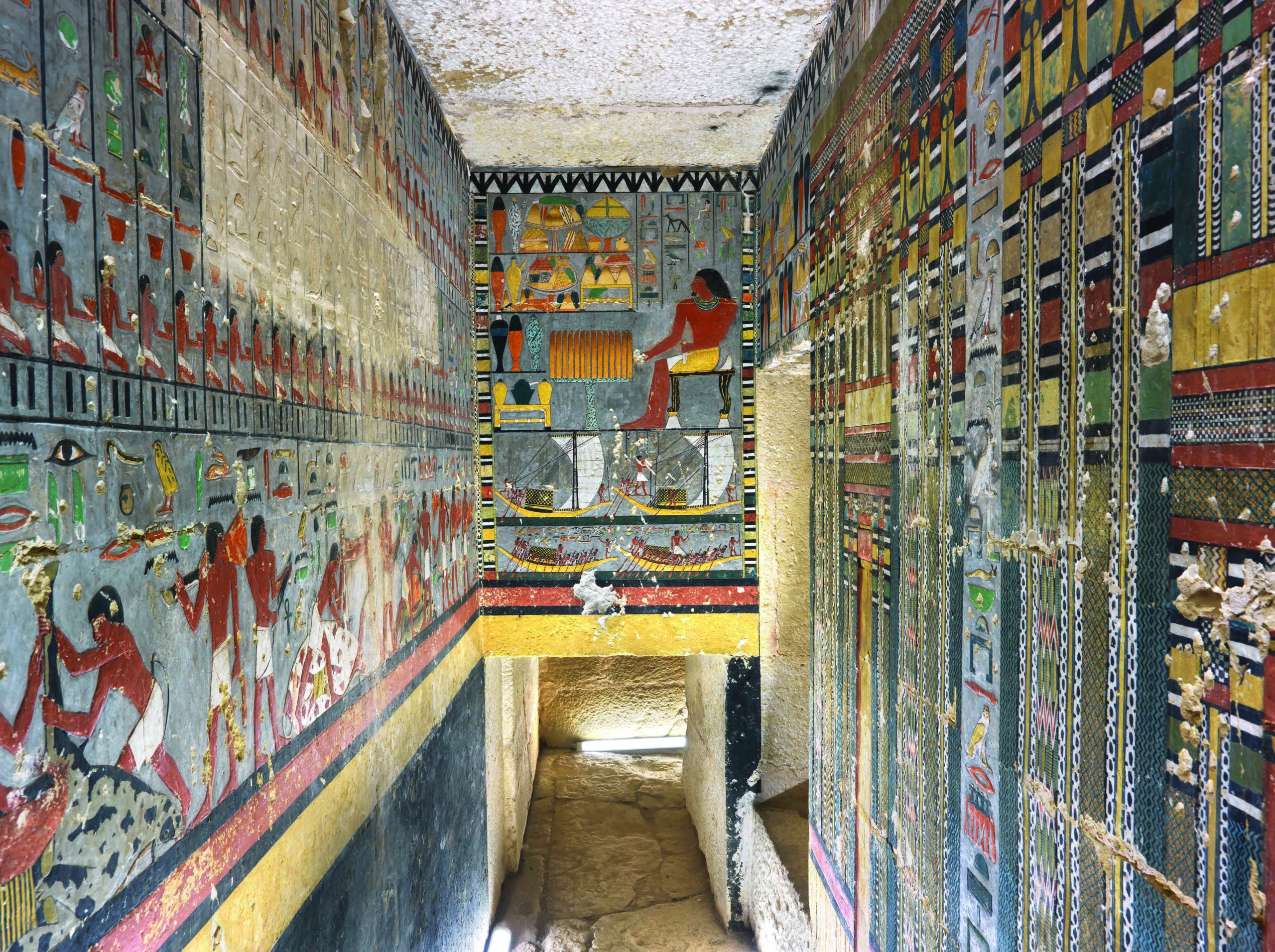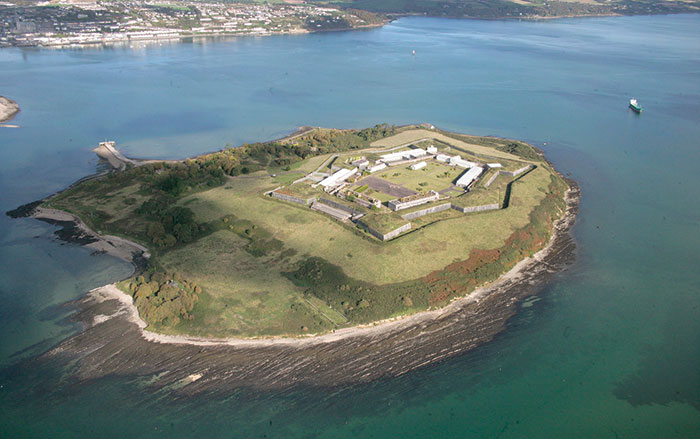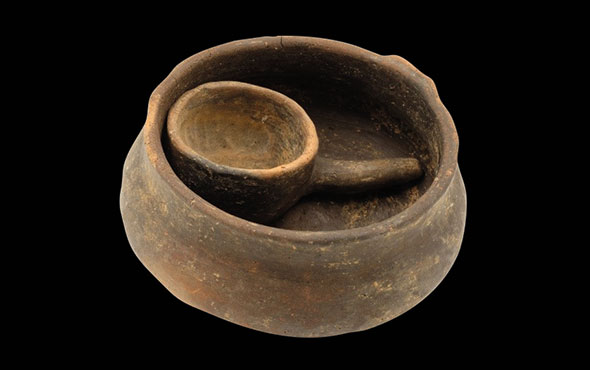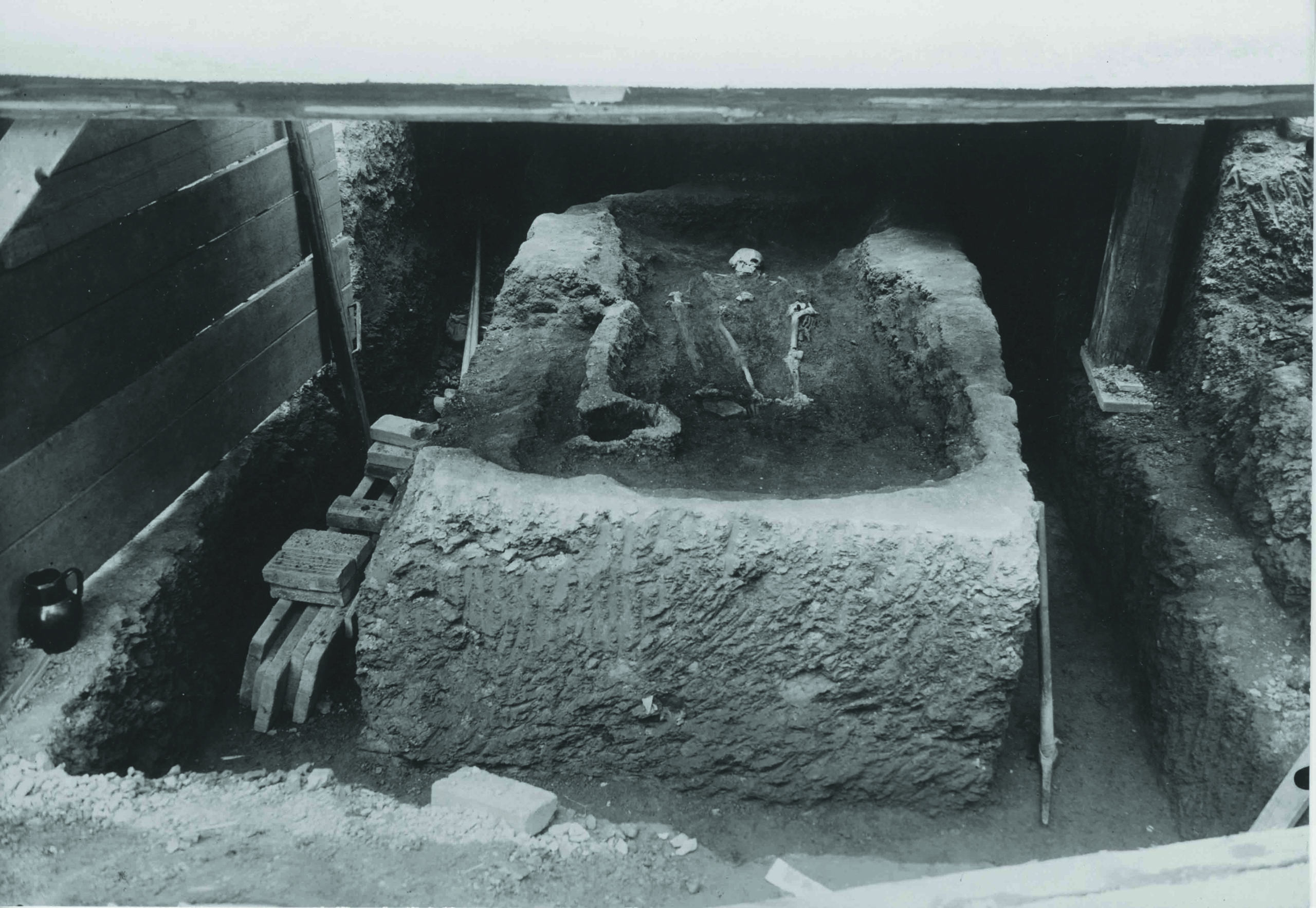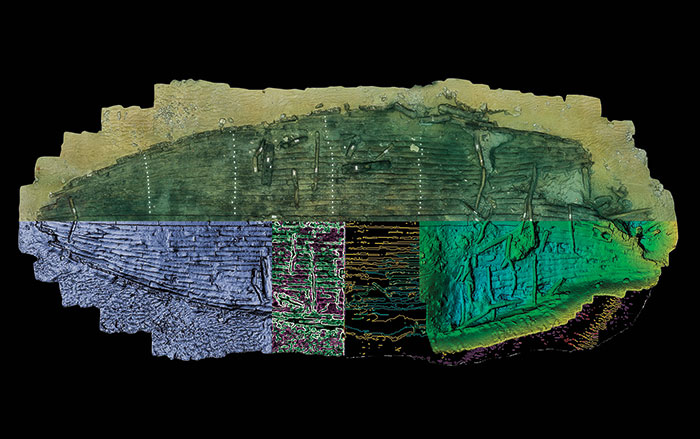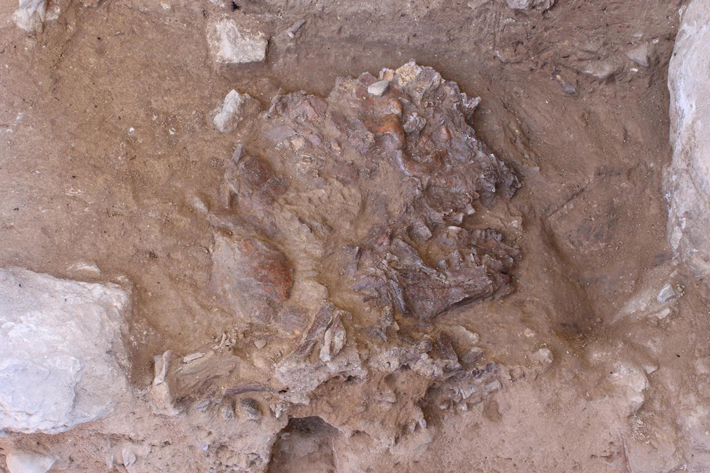
CAMBRIDGE, ENGLAND—BBC News reports that a team of researchers including Emma Pomeroy and Graeme Barker of the University of Cambridge unearthed a Neanderthal burial estimated to be 70,000 years old in Iraqi Kurdistan’s Shanidar Cave. Known as Shanidar Z, the remains include the upper torso, arms, and skull of an older adult, based upon the wear found on the teeth. Barker suggests the body was intentionally buried with its left hand under its head in a water channel in the cave floor that had been dug out to make it deeper. Shanidar Z’s lower body is thought to have been removed from the cave during excavations in the 1960s, when the partial remains of approximately ten Neanderthal men, women, and children were discovered, along with pollen, which suggested flowers had been placed in the burials. Many of these specimens are thought to have been lost during the Iraq War. Pomeroy said a rock found near Shanidar Z’s head may have been placed there as a grave marker. The new discovery will allow researchers to explore Neanderthal death rituals with modern technology, she added. To read about evidence for Neanderthals' occupation of the Zagros Mountains, go to "World Roundup: Iran."


